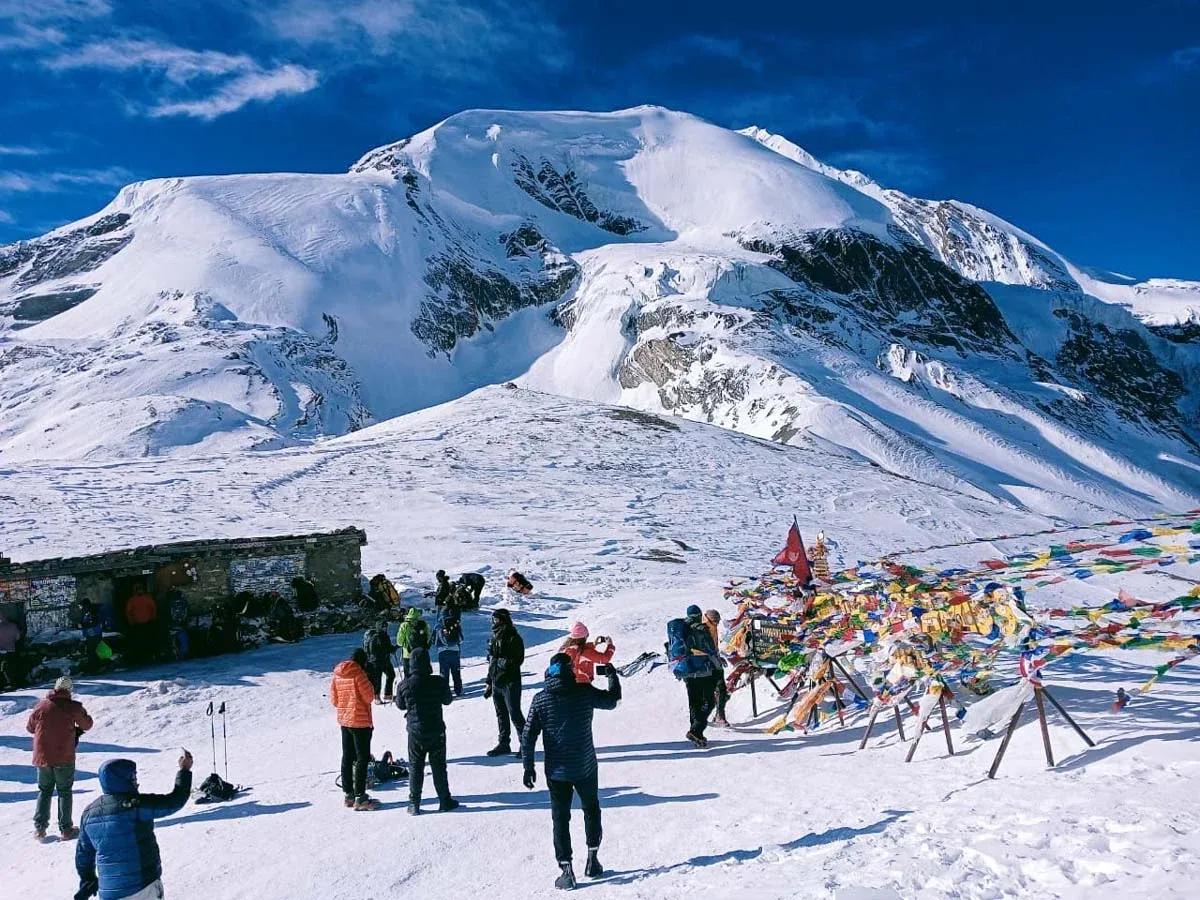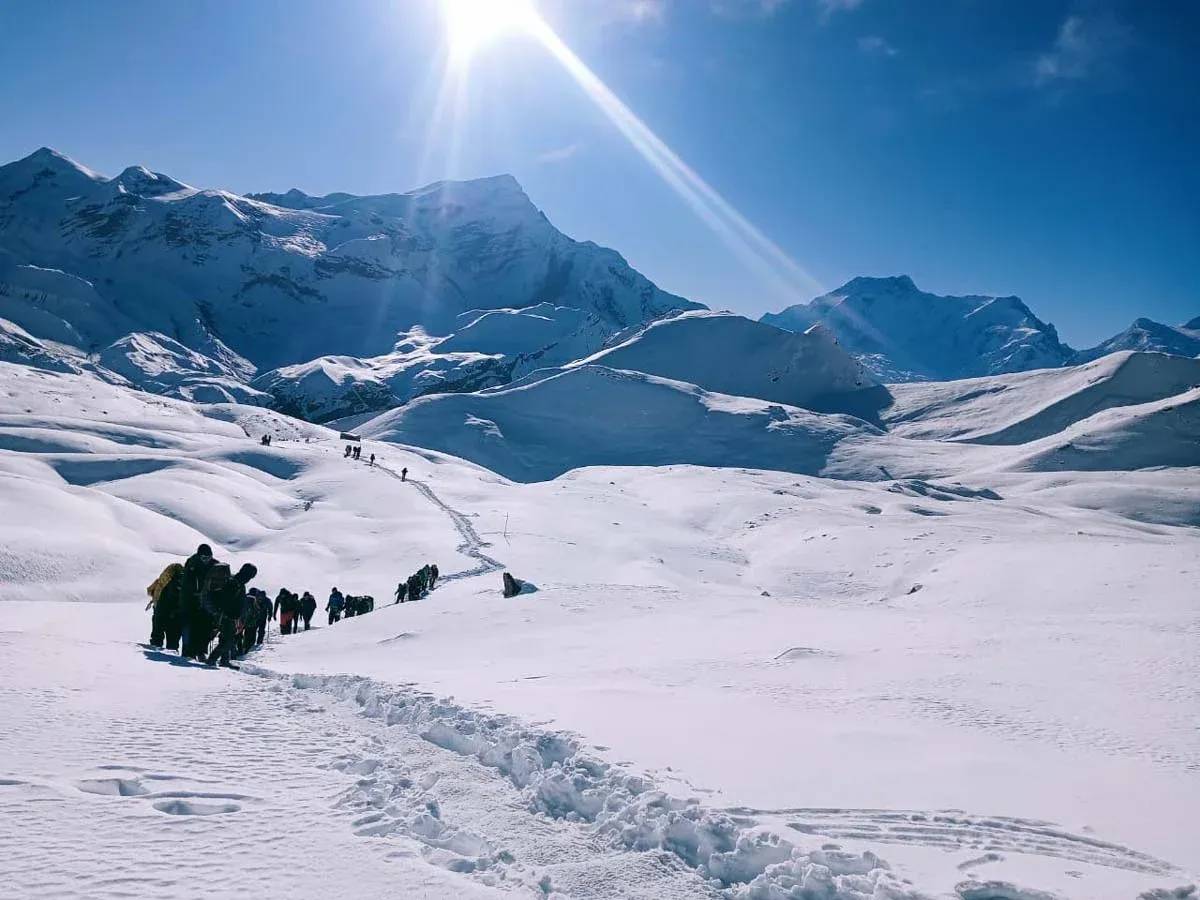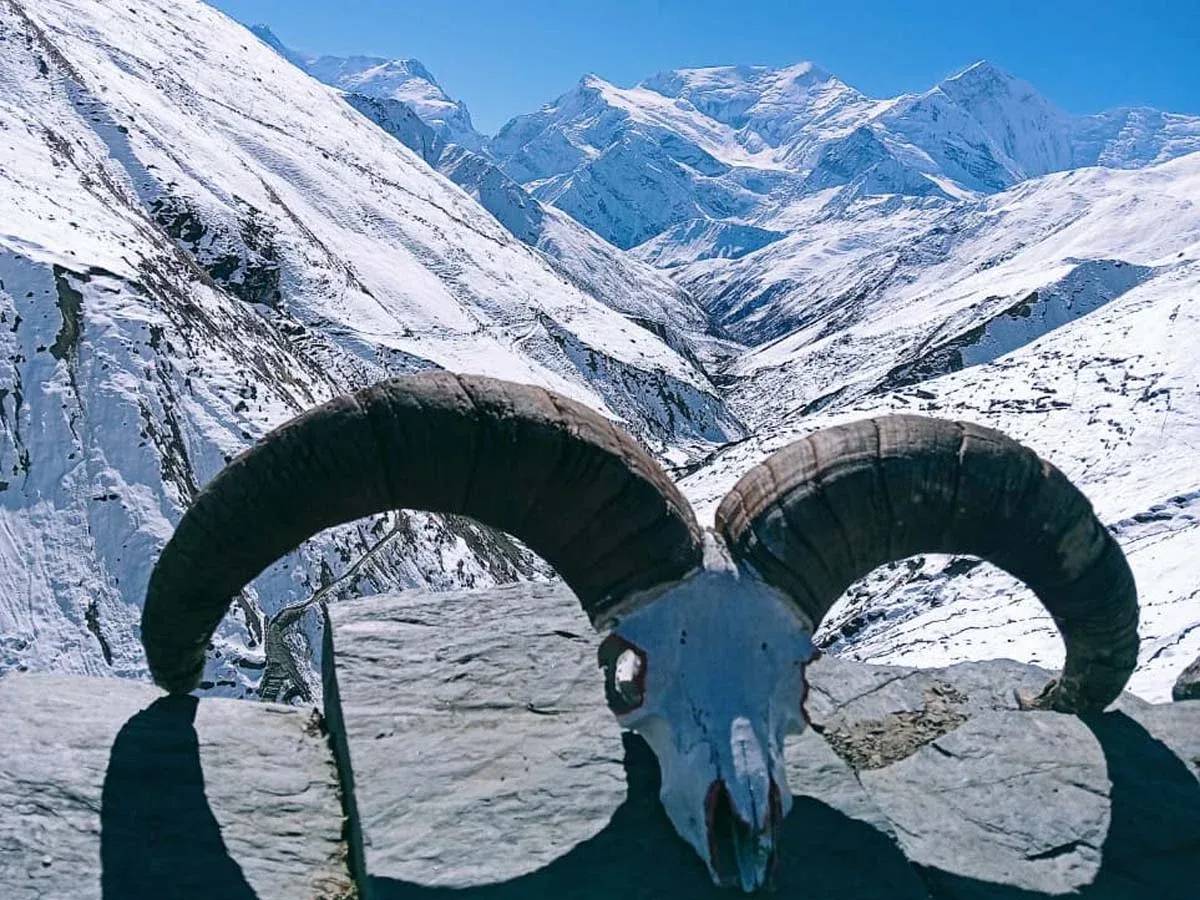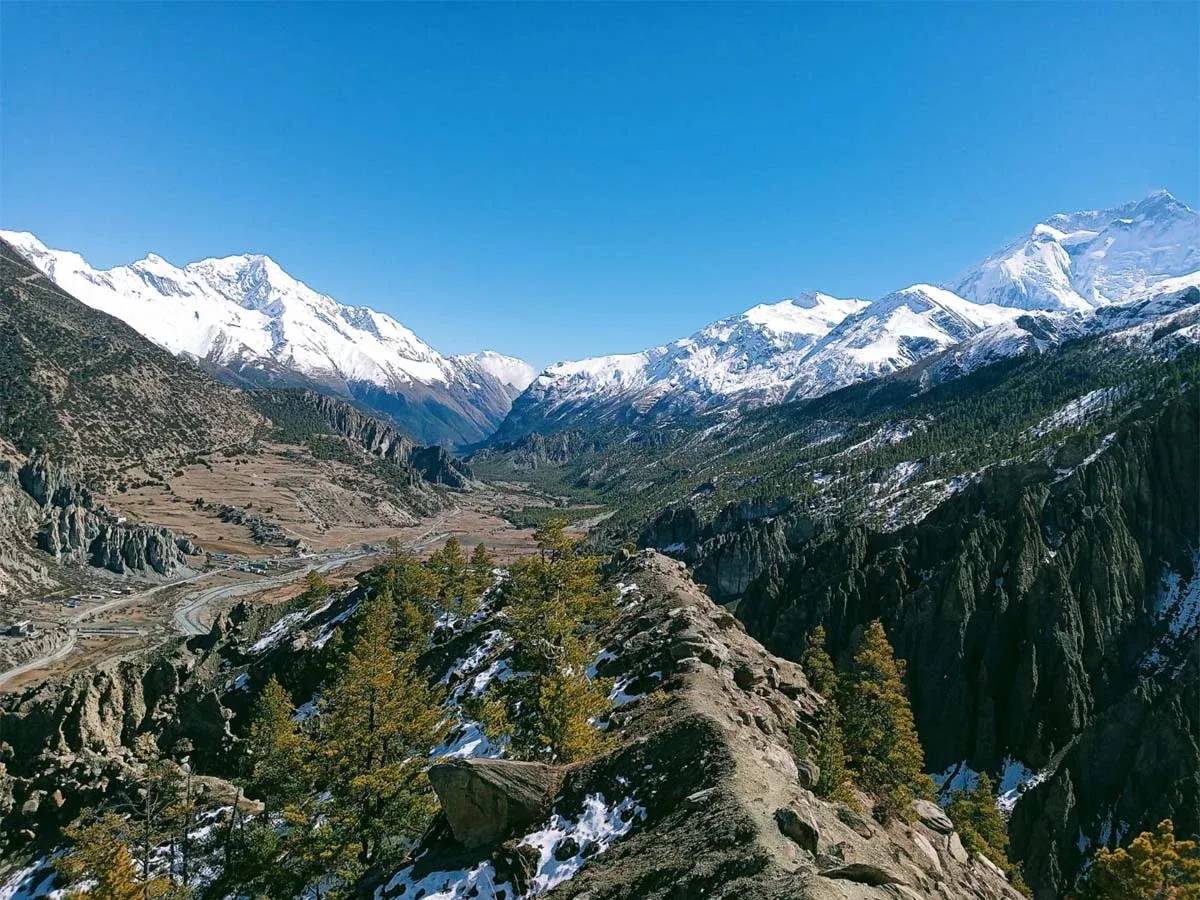
“This was my first trip to Nepal and my first time trekking. I was only able to spend a short time here and there was a lot that I wanted to do. The Alpine Adventure Club Treks & Expedition group was very helpful in planning my trip to make the...”
5/5 rating (based on 2 reviews)




The Classic Annapurna Circuit Trek is an unforgettable Himalayan journey that crosses Thorong La Pass (5,416 m) and showcases the diversity of Nepal’s natural beauty and cultural heritage. While roads have been built between Besi Sahar and Manang and from Muktinath to Pokhara so you can start and end your trek wherever you like, many trekkers still prefer to do the full traditional route. This allows them to experience the trek in its entirety.
Our itinerary starts a bit ahead of the Classic Annapurna Circuit starting point in Syange, about 1.5 hours’ drive from Besi Sahar, for a more scenic and interesting start to the trail. The route covers an impressive range of altitudes—from around 820 meters (2,690 feet) in the foothills to the high alpine regions near the pass—so proper acclimatization is essential for a safe and enjoyable trek.
Some people shorten the trek and end in Jomsom and fly or drive to Pokhara, but the full Annapurna circuit is more rewarding. Roads have made it possible to skip the lower sections by starting from Chame or ending early from Muktinath. But those who want the real journey go beyond Thorong La Pass and visit Poon Hill (3,210 m), a panoramic viewpoint famous for its sunrise views of the Himalayas.
Our 18-day itinerary follows the classic route, through changing landscapes—from farmland and subtropical forests to high altitude deserts and glacier carved valleys. Along the way we meet warm and resilient communities like Gurung, Thakali and Tibetan-influenced people.
After a scenic drive from Kathmandu to Syange, the trail follows the Marsyangdi River Valley, passing through villages like Jagat, Dharapani, Chame, Pisang and Manang where we take a day to acclimatize. From there we ascend to the highest point of the trek Thorong La Pass and then descend to Muktinath (3,800 m), a sacred site for both Hindus and Buddhists.Then the trail enters the dramatic Kali Gandaki Valley, the world’s deepest gorge.
At Tatopani trekkers can relax in natural hot springs believed to have healing properties. From Tatopani, a steep climb to Ghorepani (2,855 m) and an early morning hike to Poon Hill to see the breathtaking views of Annapurna, Dhaulagiri and Machhapuchhre (Fishtail).
From there the trail goes through Tadapani and Ghandruk and you can either return back to Pokhara or continue through Landruk, Tolka, Pitam Deurali, Pothana and Dhampus. The trek ends at Dhampus Phedi and then a short drive to Pokhara and back to Kathmandu by bus or flight as per your service.
Day 01
Day 02
Day 03
Day 04
Day 05
Day 06
Day 07
Day 08
Day 09
Day 10
Day 11
Day 12
Day 13
Day 14
Day 15
Day 16
Day 17
Day 18
Note
Have your own ideas or special requirements? We're more than happy to tailor the itinerary to match your schedule, interests, and travel preferences. Let us help you create a personalized adventure that's truly yours.
Customize My TripMap and Elevation data coming soon...
This ultimate gear guide is designed to help you prepare smartly without a smartphone, and with no fluff, just essentials. Here’s what you’ll need across documents, clothing, equipment, and more.
Based on 2 reviews

“This was my first trip to Nepal and my first time trekking. I was only able to spend a short time here and there was a lot that I wanted to do. The Alpine Adventure Club Treks & Expedition group was very helpful in planning my trip to make the...”

“Annapurna Circuit - Annapurna Base Camp October/November 2011 We did 25 days long trek and were very happy to have this Alpine Adventure Club, because with our guide and the porter we could enjoy the trek without any trouble. The most time we had a room for two, sometimes with...”
per person (varies with group size)
Not Satisfied?Customize My Trip
Explore these handpicked journeys that perfectly complement your adventure.